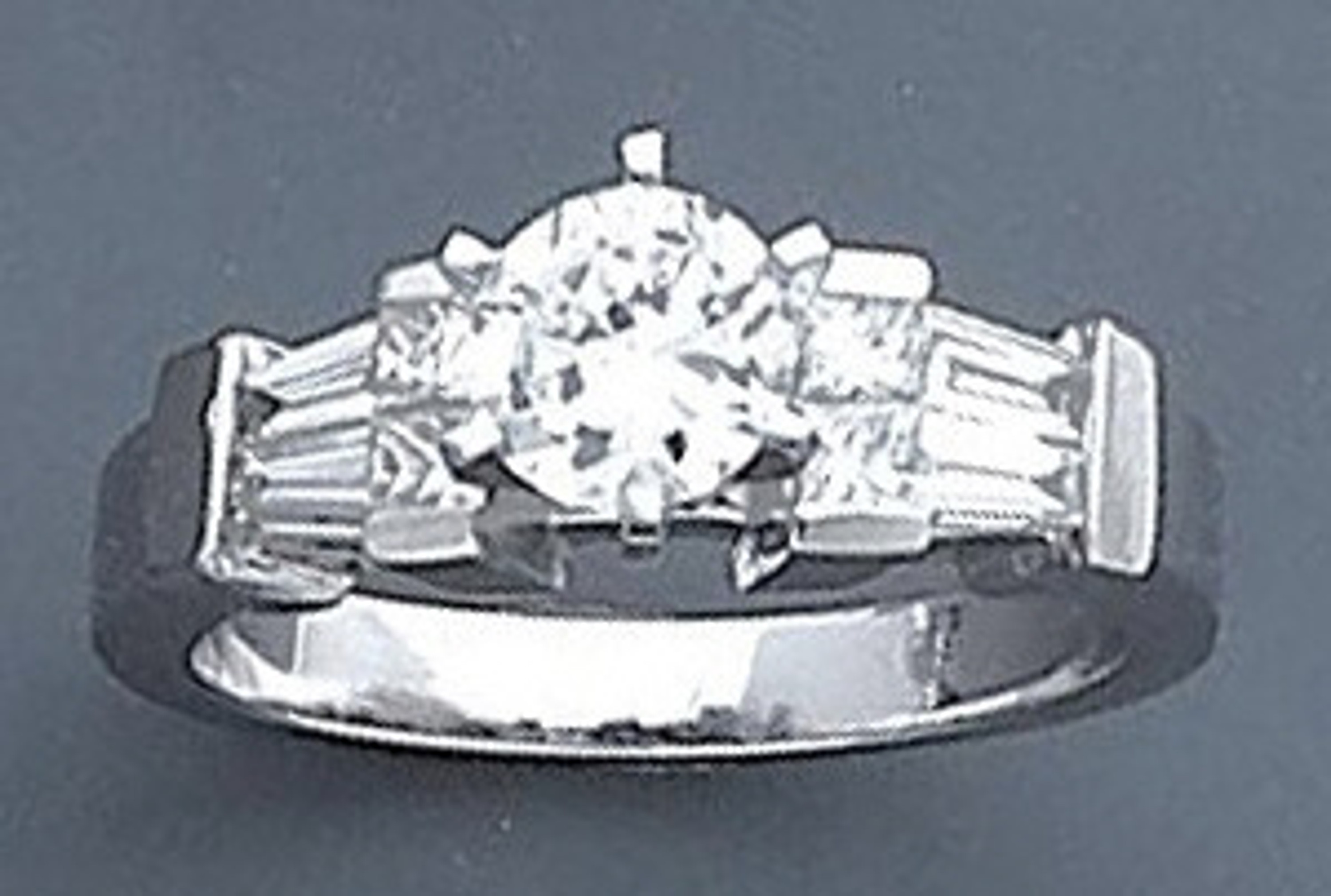Platinum a Plus for Wedding Bands and Other Jewelry
Dec 12th 2018
For anyone who has perused a few jewelry catalogs, one thing sticks out about platinum jewelry – it’s not cheap.
There’s a reason for that.
Platinum is 30 times more rare than gold and found in many few places around the world. It has been highly valued by influential individuals for centuries. It is a unique metal and sought by people who want to be ultra stylish.
The Platinum Guild International also points out these aspects of platinum jewelry:
PURITY
Platinum is a naturally white metal so it will not bleed any of its color into a diamond. It is usually 95 percent pure (compared to 75 percent pure for 18K gold). It never fades or tarnishes, keeping its white color for a lifetime. It is hypoallergenic and ideal for those with sensitive skin.
DURABILITY
Platinum’s unequalled resistance to wear helps maintain its value forever. Retaining its shape and not wearing down, it holds precious stones firmly forever. Platinum is one of the densest metals, making it more durable than other jewelry.
VERSATILITY
Platinum is versatile, with remarkable qualities that have led to astonishing applications. The world’s greatest jewelry designers have always preferred working with platinum. Its remarkable pliability allows it to be drawn out to a fine wire, enabling the creation of intricate platinum mesh accessories which could not be fashioned from other precious metals.
Sarraf.com offers a wide variety of platinum wedding bands and platinum chains as well as one of our most striking items – a solitaire diamond ring in platinum that would make any engagement extra special.
See all of our platinum jewelry items at Sarraf.com and we think you’ll find the right one for the individual in you.

